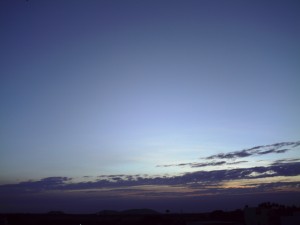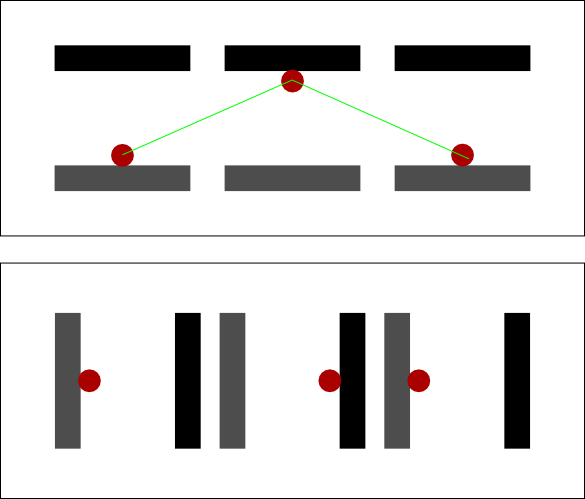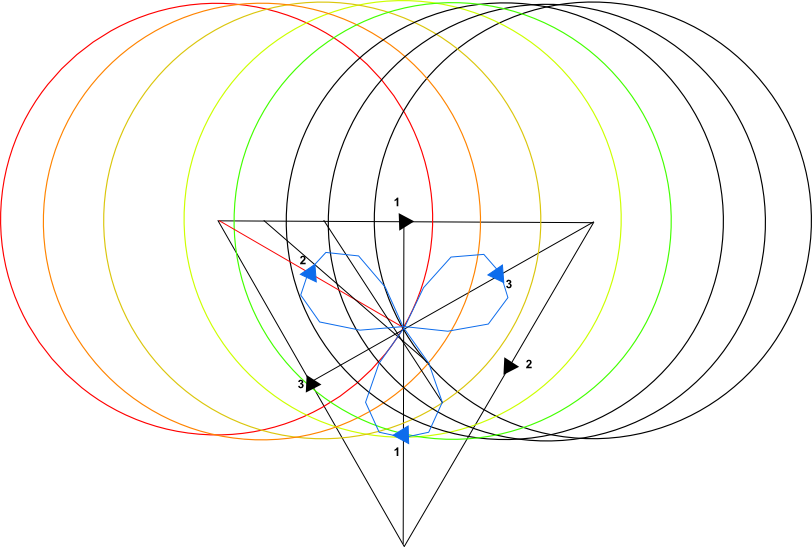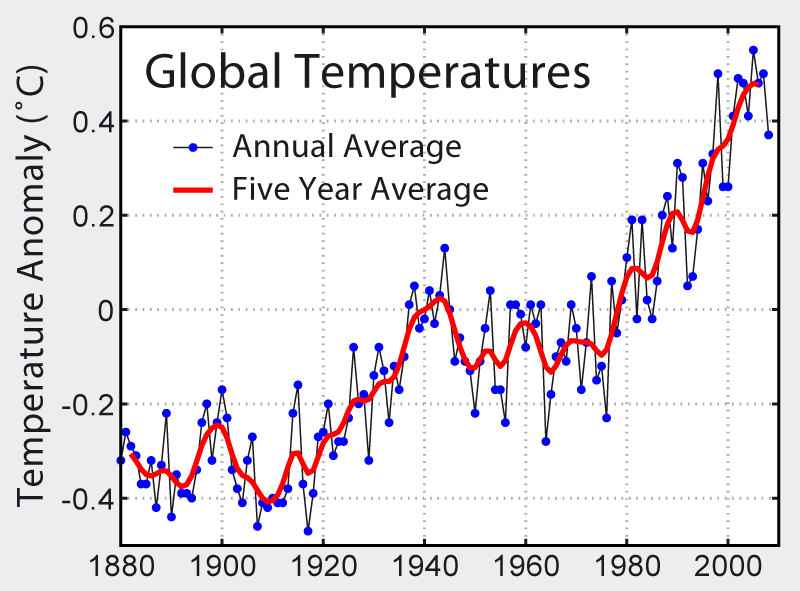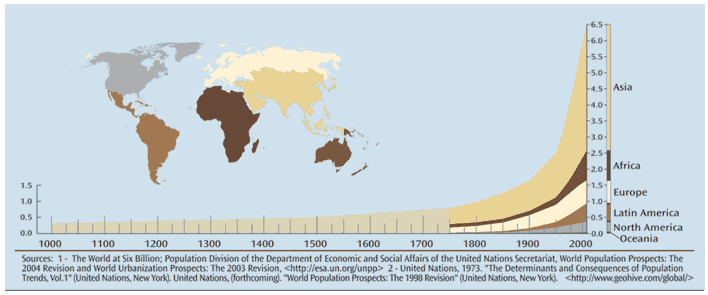View Larger Map
After buying my 100cc motor bike, this is the longest drive so far covering approximately 300kms, in a single day.
There was no plan to go on a trip to Kanchipuram until the day before the trip. My friend had come from Bangalore to attend his classmate’s marriage. The marriage was on Friday. So he had Saturday and Sunday to spend in Chennai. On Friday night we planned to go to Kanchipuram to see some ancient buildings.
So on Saturday morning we started from my house. I’d fueled my bike on Friday itself and the tank was 3/4 full. On Friday morning I’d seen the Google map for directions also. Our first target was to catch the GST road in Vandaloor. Before that in Kelambakkam high way, we had our breakfast. I always have the effect of appreciating most of the food, my friends find bad. I don’t pretend. But most of the time I feel this way. There is a wide band of food varieties I like. So I’m hardly disappointed by any recipe. The same thing happened during breakfast. My friend shared that he felt the food was bad. But even though I didn’t like it very much, I hadn’t disliked it.
Before this breakfast some funny thing happened. We caught the Kelambakkam highway from Mambakkam highway. But when we approached the kelambakkam highway from Mambakkam highway, we had a confussion on should we turn left or right. I regretted not printing out the map with me. Anyway we asked a man in a shop in the corner for directions. He directed us to go left. We turned left but after going some distance, my friend noticed some signs saying that Kelambakkam is few kilometers away.
He was shocked. Because we suppose to join the GST road in Vandaloor. The Kelambakkam highway connects Vandaloor and Kelambakkam. So we were going in the opposite direction. Then we stopped by a bus stop and asked another person. He confirmed that our suspecion is correct and asked us to take a ‘U’ turn. After taking the ‘U’ turn we reached back the spot where we wrongly turned in Kelambakkam highway. That spot is Mambakkam. There only we found the restaurant to have breakfast.
So after this breakfast we started again and reached GST road. I realised when I asked for directions for the first time I asked the person how I could reach GST road. He must have misunderstood GST for OMR. OMR is another highway where Kelambakkam highway joins. Eventhogh GST and OMR doesn’t sound similar, for a person who is doesn’t know english and not familiar with GST and OMR, both should be confussing. Anyway I should have asked him directions more specifically to go to Vandaloor.
After catching the GST road, its a long stretch until we reached Singaperumalkoil. Here we took a right turn (As I've seen in google map). Eventhough its a short cut, the road condition was very poor. My average speed was just 25kmph. After a long and tiresome ride like this we reached SH58 (State Highway). It felt like heaven to ride in that road.
Just before reaching Walajabad, in a road side shop (its a temporary shop with just a table, and the shop keeper always stands) we had "Kepai kool". "Kepai" is a kind of cereal. I dont know the exact english name. Its very cheap, as it can grow in very little water. To prepare this "Kool", they mix the flour of this cereal with water and boil it to cook. Then salt is added. That's all. While serving the shop keeper mixed curd and some raw onions with this. And to spice it up, you can take chillies fried with salt. It was an energy boost for us.
After that we didn't stop anywhere. We went straight to Kancheepuram. First we visited god Visnu's temple. The architecture was awesome. Unfortunately when my friend tried to take some photos, his camera battery was dead. That's it, we couldn't record anything to share with our friends. After this we visited god Siva's temple. Visnu and Siva are the two major gods worshiped by Hindu's. Well everybody won't worship both of them. There are two divisions in Bhramins (These people devote their service to spirituallity and decipline), those who worship only Visnu and those who worship only Sivan. In ancient times these two people fought on the superiority of their gods.
When compared to Visnu's temple, Sivan's temple was very old. And there has been a significant amount of differences in the way these two have been built. Eventhough Visnu's temple and Sivan't temple are basically constructed with different pattern's, the methods used to build would be the same. But in this case these two temples were entirely different. We haven't checked the time when these two had been built. But the monuments themselves were markers in the timeline.
At this point that was around 1p.m. Because of the "Keeppai Kool" we didn't feel hungry. Eventhough we planned to visit the museum in that city, we couldn't find one. We shouldn't have collected more information before starting that trip. That left us only one choice, return back home or visit some place nearby. My friend told me that the Gingee fort would be near by. So we decided to go to Gingee fort. Little that we knew about the surprises we're about to face.
We asked few people inside Kancheepuram city for directions to Gingee (in Tamil its pronouced as "Senji". The information we collected was that it was a 3 to 4 hour journey to Gingee from Kancheepuram, and for directions we needed to reach Vandavasi and then ask someone there for directions. Point should be noted that upto Kancheepuram was the plan we had the day before. Whatever happening hence forth was a completely unplanned travel.
As suggested by the people we started off to Vandavasi. Just after crossing 1 or 2 kms we felt so much thirsty. The water bottle we brought from home was empty. So we thought of stopping by a "Karumbu saru kadai" (Sugar cane juice shop). On the way we found one and had sugarcane juice. We were recharged again and started the journey.
Just before reaching Vandavasi we felt thirsty again. So we stopped by a "Illaneer Kadai" (Tender coconut water shop) and recharged ourselves again. Then we reached Vandavasi. There we asked some people for directions to Gingee. They offered two routes. One was to reach Tindivanam and then head for Gingee. Other was to reach Chetpet (this is different from the place Chetpet inside Chennai city) and then head for Gingee. We choose to go to Chetpet and then head for Gingee. As per the suggestions, both the routes are more or less same distance.
Then we headed for Chetpet and reached it in a single stretch. From there we headed for Gingee. On the way we stopped by a shop and ate water melon. The price was very cheap when compared to Chennai. One piece of water melon was just Rs. 1. And you could make 8 pecies from a melon with an approximate diameter of 20cm.
- Sunset from home
Then we had the fear of reaching the city before midnight. I called one of my other friends in Chennai and he told me that the trafic inside the city, as Prime minister Manmohan Singh and Cheif Minister Karunanidhi were opening the new parliment building in Chennai. But we thought by the time we reach Chennai, the traffic would have improved. And we reached Chennai faster than we thought. And the traffic was not so bad. We had our dinner near Vandaloor itself.
The thing I regreted most was that we couldn't take any pictures. Apart from that that was a wonderful journey. My bike did great here. I didn't feel any pain due to long trip. I will visit these places again with more planning and post more details of the places we'd seen in this trip.
